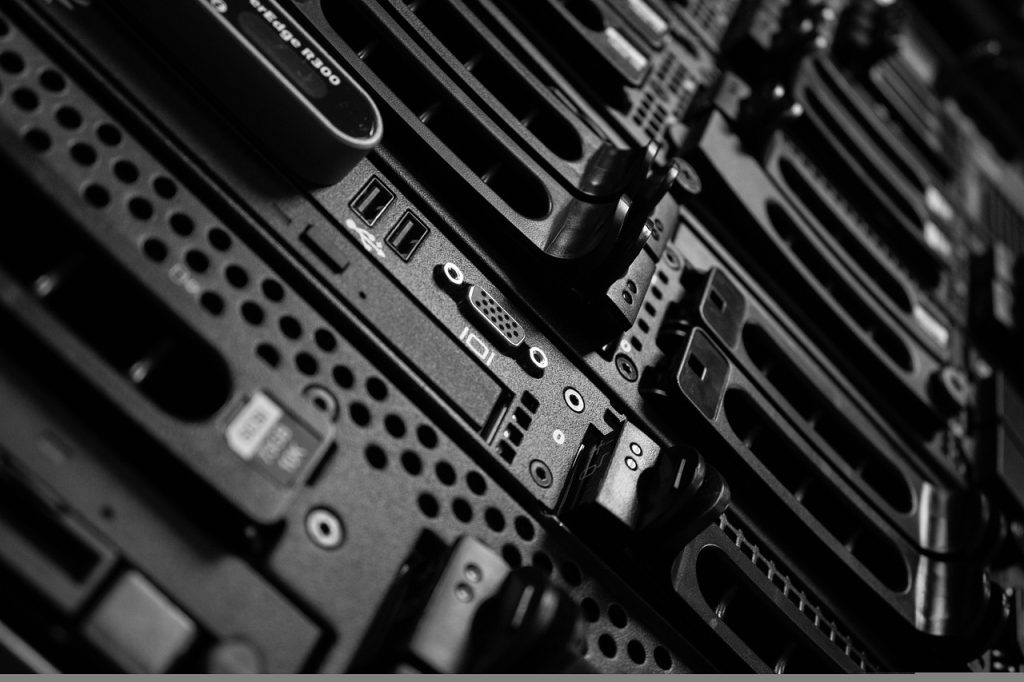In the age of digital transformation, data centers are the heartbeats of enterprises. They house the infrastructure that powers critical applications, stores vast amounts of data, and ensures business continuity. Designing a robust and efficient data center network is crucial for optimal performance and scalability. In this post, I’ll guide you through the journey of designing and implementing a small-scale data center network, sharing insights from my own learning and research.
Understanding the Basics
Before diving into the design, it’s essential to grasp the fundamental components of a data center network:
- Switches: Act as traffic controllers, directing data packets between devices.
- Routers: Connect different networks and direct data destined outside the local network.
- Firewalls: Ensure network security by filtering incoming and outgoing traffic based on predefined rules.
- Load Balancers: Distribute incoming traffic across multiple servers to optimize resource utilization and ensure high availability.
Designing the Network
- Topology Selection: For our small-scale data center, a two-tier (spine-leaf) topology is ideal. It offers low latency, high bandwidth, and is easily scalable.
- Redundancy: Implement redundant paths to prevent single points of failure. This ensures that if one path fails, there’s an alternative route available.
- Segmentation: Divide the network into smaller segments or VLANs. This not only enhances security but also improves traffic management.
- Security Measures: Beyond firewalls, consider implementing Intrusion Detection Systems (IDS) and Intrusion Prevention Systems (IPS) for enhanced security.
Implementation Steps
- Infrastructure Setup: Begin by setting up racks and installing routers, switches, and servers. Ensure proper cable management for easy troubleshooting and aesthetics.
- Configuration: Configure devices with IP addresses, routing protocols, and VLAN settings. Set up firewall rules and load balancer policies.
- Testing: Before going live, test the network for performance, redundancy, and failover capabilities. Use tools like ping, traceroute, and bandwidth testing utilities.
- Monitoring and Maintenance: Once live, continuously monitor the network using tools like Nagios or PRTG. Regularly update firmware and software to patch vulnerabilities.
Challenges & Solutions
- Scalability: As businesses grow, so do their data needs. Design the network with scalability in mind, allowing for easy addition of more devices.
- Security: With increasing cyber threats, security is paramount. Regularly review and update firewall rules, and consider implementing a Security Information and Event Management (SIEM) system.
- Cost: High-quality networking equipment can be expensive. However, investing in reliable gear can save costs in the long run by reducing downtime and maintenance needs.
This is where cloud can come in drastically reducing many cost for small and larger businesses alike. I will go more into detail about cloud solutions such as AWS and Azure in a future post.
Conclusion
Designing and implementing a data center network is a blend of technical knowledge, foresight, and practical application. While challenges are inevitable, with careful planning and continuous monitoring, you can build a robust, efficient, and scalable network that meets the demands of modern businesses.
